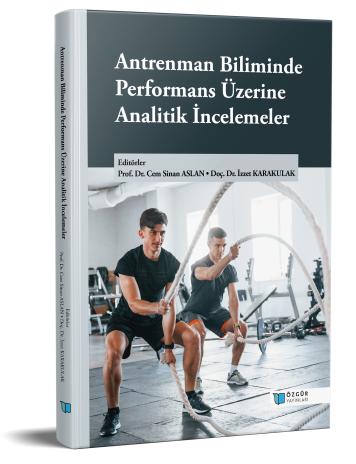
Wrestling-Specific Performance Tests
Chapter from the book:
Aslan,
C.
S.
&
Karakulak,
İ.
(eds.)
2024.
Analytical Studies on Performance in Training Science.
Synopsis
Sport-specific performance tests play a crucial role in evaluating athletes by focusing on the physical, physiological, and technical skills needed for success in their sports. Wrestling, a highly demanding sport, requires specialized tests like the Special Wrestling Performance Test (SWPT) and the Special Wrestling Fitness Test (SWFT). These tests provide a detailed assessment of aerobic and anaerobic capacities, strength, endurance, and technical abilities. The SWPT evaluates wrestlers' technical and tactical skills with expert input, while the SWFT measures physical conditioning through activities that mimic the intensity of wrestling matches. Both tests are reliable, accurate, and effective in distinguishing performance levels across different weight classes and competition stages. They also align with key performance indicators like maximum oxygen uptake and lactate thresholds. By combining these wrestling-specific tests with traditional assessments, coaches and researchers can gain a clearer picture of an athlete's strengths and areas for improvement. This helps create targeted training and rehabilitation plans, reducing the risk of injuries and improving recovery. These tests also highlight wrestling's unique demands, such as metabolic strain and extreme anaerobic effort. Adapting performance evaluations to the specific needs of wrestling ensures more effective training strategies and better competitive outcomes. Continued development of these tools will enhance performance analysis and support elite wrestlers in reaching their highest potential.

